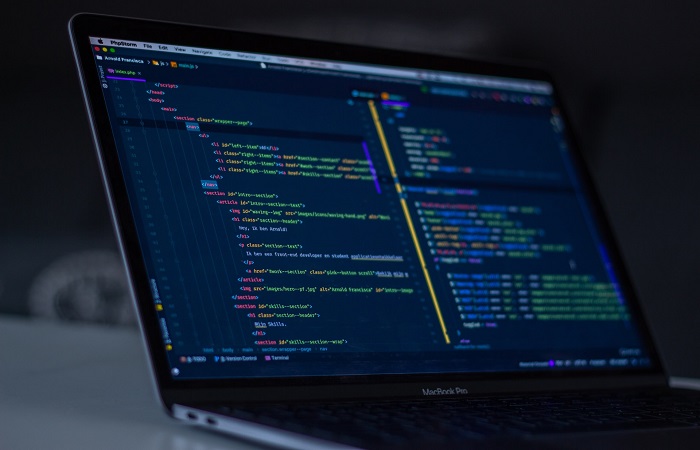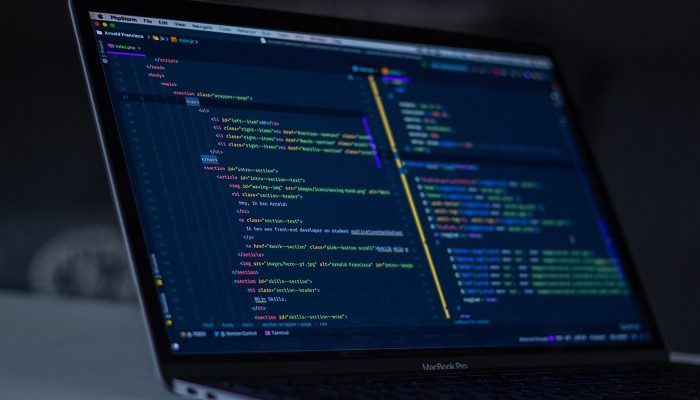
In today’s world, the internet is an essential tool for learning and practicing coding. However, there may be situations where you don’t have access to the internet but still want to practice your coding skills. In this article, we will provide a step-by-step guide on how to practice coding without internet.
Step 1: Gather Resources
The first step to practicing coding without internet is to gather the necessary resources. You will need to have an Integrated Development Environment (IDE) installed on your computer. An IDE is a software application that provides a comprehensive environment for coding. Some examples of popular IDEs are Visual Studio Code, PyCharm, and Eclipse.
You will also need to download documentation for the programming language you would like to practice. This documentation will provide you with information on the syntax and features of the language, which will be helpful when you are coding offline.
Step 2: Choose a Project
Once you have the necessary resources, the next step is to choose a project to work on. You can either think of a project that you want to build or a problem that you want to solve. It’s important to break the project down into smaller, manageable parts. This will help you stay organized and focused when you are coding without internet.
Step 3: Plan Your Code
The next step is to create a plan for your code. This plan should include functions, data structures, and algorithms that you will use to solve the problem or build the project. You can write out your plan on paper or in a text editor.
Creating a plan for your code before you start writing it can help you stay organized and focused. It can also help you avoid common coding mistakes and ensure that your code is efficient and easy to understand.
Step 4: Write Your Code
Once you have your plan in place, you can start writing your code. Use the documentation you downloaded to help you write your code. The documentation will provide you with information on the syntax and features of the programming language you are using.
When you are coding without internet, it’s important to stay focused and avoid distractions. Make sure you have everything you need before you start coding. This will help you avoid interruptions and keep you on track.
Step 5: Test Your Code
After you have written your code, the next step is to test it to make sure it works as expected. You can use a debugging tool to help you find and fix any errors in your code.
When you are testing your code, it’s important to be thorough. Test your code in different scenarios and with different inputs to ensure that it is working correctly.
Step 6: Refine Your Code
Once you have tested your code and made any necessary changes, the next step is to refine your code. You can do this by making it more efficient or improving its functionality.
After you have refined your code, it’s important to test it again to make sure that the changes you made didn’t introduce any new errors.
Step 7: Repeat
The final step is to repeat the process. Choose another project and repeat the steps outlined above to continue practicing coding without internet.
Conclusion
Practicing coding without internet may seem challenging, but it is definitely possible. By following the steps outlined in this article, you can stay productive and continue to improve your coding skills even when you don’t have access to the internet. Remember, practice makes perfect, so keep coding and don’t give up!

